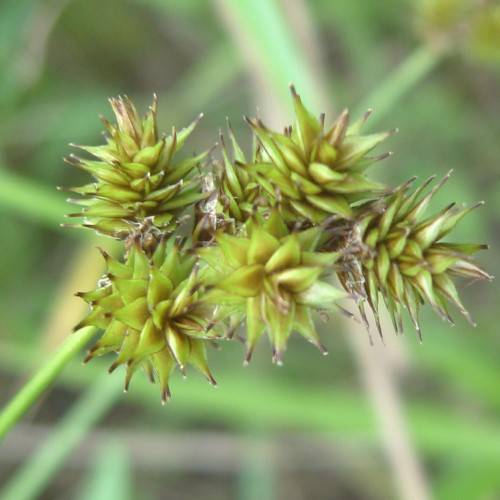
Sedge
Carex x clausa
Watering:
Frequent
Hardiness Zone:
Sun:
full sun,part shade
Leaf:
Yes
Growth Rate:
Low
Drought Tolerant:
Yes
Salt Tolerant:
Yes
Care Level:
Medium
watering
Carex arctophile should be watered moderately once or twice a week, depending on the season. In the spring and summer months, water this plant more often, but avoid over-watering, as it can lead to fungal and rot issues. In the cold winter months, reduce the frequency of watering, allowing the soil to dry out almost completely before watering again. A layer of mulch around the plant can help conserve moisture and reduce the need to water as often. The amount of water you give the Carex arctophile should be enough to saturate the soil around the plant, but not so much that there is runoff into the surrounding area.
sunlight
Carex Arctophile (Carex x arctophila) requires a good amount of sunlight to remain healthy. It should be placed in a sunny spot that gets at least 4-6 hours of direct sunlight each day, preferably during the morning hours. The ideal location for Carex Arctophile is a bright window, or other outdoor area with plenty of sun. It is important that it receives the necessary amount of light as this species requires more brightness than most other plants. A lack of adequate sunlight can cause the foliage to become elongated and thin, and the plant may struggle to stay alive. Carex Arctophile should be monitored for signs of insufficient light and relocated if necessary.
pruning
Carex arctophile, also known as arctic wool sedge, should be pruned twice a year: once in early spring and then again in late fall. The amount of pruning should vary depending on the size of the plant. For larger plants, a harder pruning is recommended. If the plant is more delicate, then a lighter pruning can be done. In the early spring, prune back any dead, brown foliage as well as any winter damage that may have occurred. Take care not to cut too much of the green growth, as this could harm the plant. In the late fall, prune the plant lightly down to the crown for anything that is brown or dead. Any areas that are overgrown or are excessively bushy can also be thinned. In all cases, make sure to wear gloves and heavy gardening gloves when pruning Carex arctophile as the leaves can be sharp and cause blisters or cuts. It is also important to use sharp, clean pruning tools and to clean them after each use.
